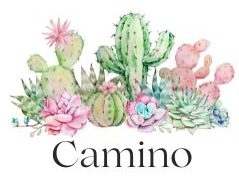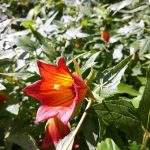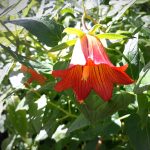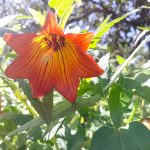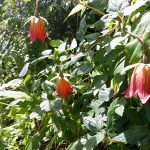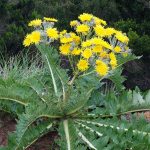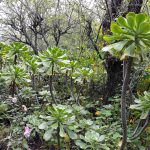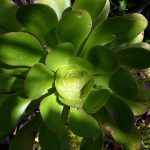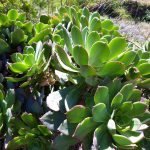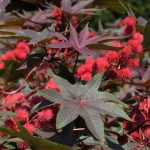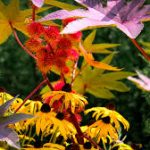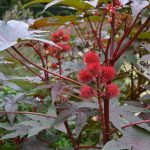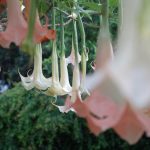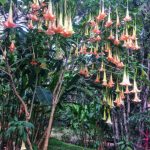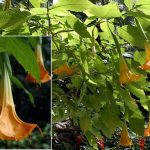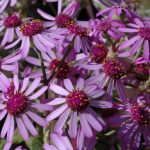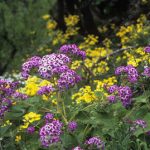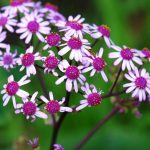We are lucky to have a huge land. Actually a big part of the valley belongs to the house. This area used to be famous for agriculture, and you can still see the more hundred years old stone walls that build up the terrace system for cultivation. But luckily we don’t have a built road agriculture couldn’t develop any more which left the land in peace, and helped the local wild plants grow back and spread. There is a large variety of local wild plants in the area, many of them have medical use, or/and edible. If you are lucky and Bea is around, she will take you for a walk and show you everything that worth to discover. Until that, here is a short introduction.
Canarina canariensis is a species of flowering plant in the bellflower family Campanulaceae, commonly known as the Canary Island bellflower, and known locally as bicácaro. It is a protected plant.
…
Sonchus Anaga sow thistle might be something that you already know but it grows much bigger on the Canary Islands.
…
Aeonium, the tree houseleeks, is a genus of about 35 species of succulent, subtropical plants of the family Crassulaceae. Many species are popular in horticulture. The genus name comes from the ancient Greek “aionos” (ageless). While most of them are native to the Canary Islands, some are found in Madeira, Morocco, and in East Africa (for example in the Semien Mountains of Ethiopia). It has medical use too.
…
Ricinus communis is a very common plant on Gran Canaria. It grows high, has large leaves, which might have green or red color. The seeds are called the ricinus beans, which is the main source of the ricinus oil. The plant is very toxic and extremely allergenic, and has an OPALS allergy scale rating of 10 out of 10. The plant is also a very strong trigger for asthma. It grows very fast, and gives a nice look of gardens, but be very careful with it.
…
Angel’s Trumpet is a beautiful but deadly poisonous plant, so be careful with it. All part of the plants and the seeds contains several alkaloids. The appearance of the plant is like a large bush, with the colorful large bell flowers and it originates from tropical regions of South America, along the Andes from Venezuela to northern Chile, and also in south-eastern Brazil. However, the plant also appeared in certain tropical areas within North America, Australia, Africa and Asian continent.
…
The May Flower (Pericallis webbii) is one of the most common wild flower on Gran Canaria, it is protected. It can grow up to 1,5 meter high, the color can vary from dark purple to light pink.
…
